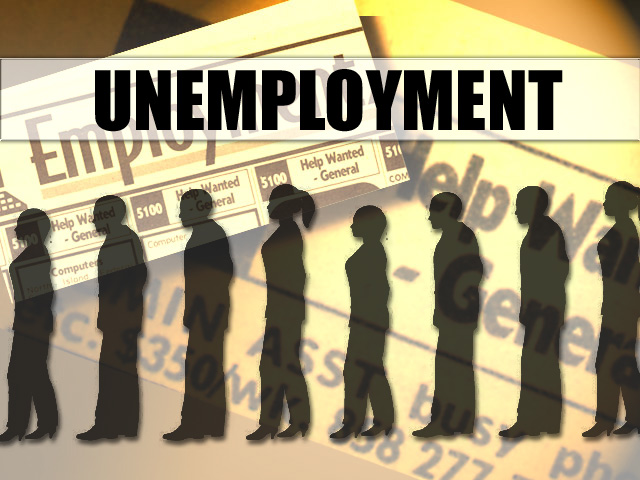Inventory Ratio
Having a better inventory turnover may not be beneficial to the firm. For example, a decrease in price can achieve better inventory ratio but may not help the firm to increase marginal profit at all.
Organizational Structure
Centralization vs. Decentralization
Which one is better? It depends
How could the structure be built?
Divisional structure is based upon:
– Region
– Product
– Function (activity)
Responsibility accounting (divisions are evaluated)
Cost centers
– Assess actual cost vs. Budgeted costs
Profit centers
– Assess targeted profit vs. actual profit
– But this does not measure anything else such as investments, operations, etc.
Revenue centers
– Assess revenue target vs. actual revenue
– But costs are not included
Investment centers (return on investment)
– Profit / Investment base
– But people may be too scared to make a move

 To fix this, firms will have to lower the wages while increasing the number of job opportunities for more workers, which is lowering the competitions (as indicated in the left diagram). And governments have to provide subsidies for firms in order to do this (as indicated in the bottom diagram), or even better, in the long run, provide educations or training sessions for the people to increase their skills and abilities for better jobs.
To fix this, firms will have to lower the wages while increasing the number of job opportunities for more workers, which is lowering the competitions (as indicated in the left diagram). And governments have to provide subsidies for firms in order to do this (as indicated in the bottom diagram), or even better, in the long run, provide educations or training sessions for the people to increase their skills and abilities for better jobs.
